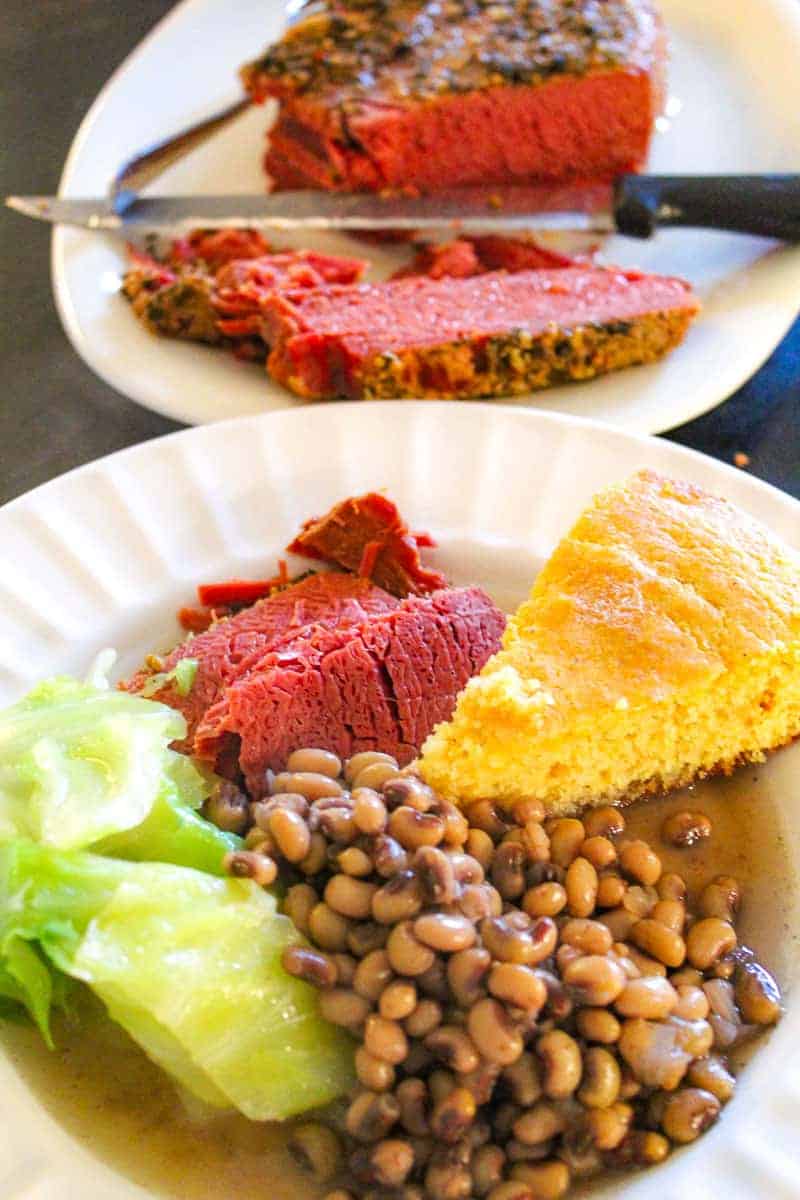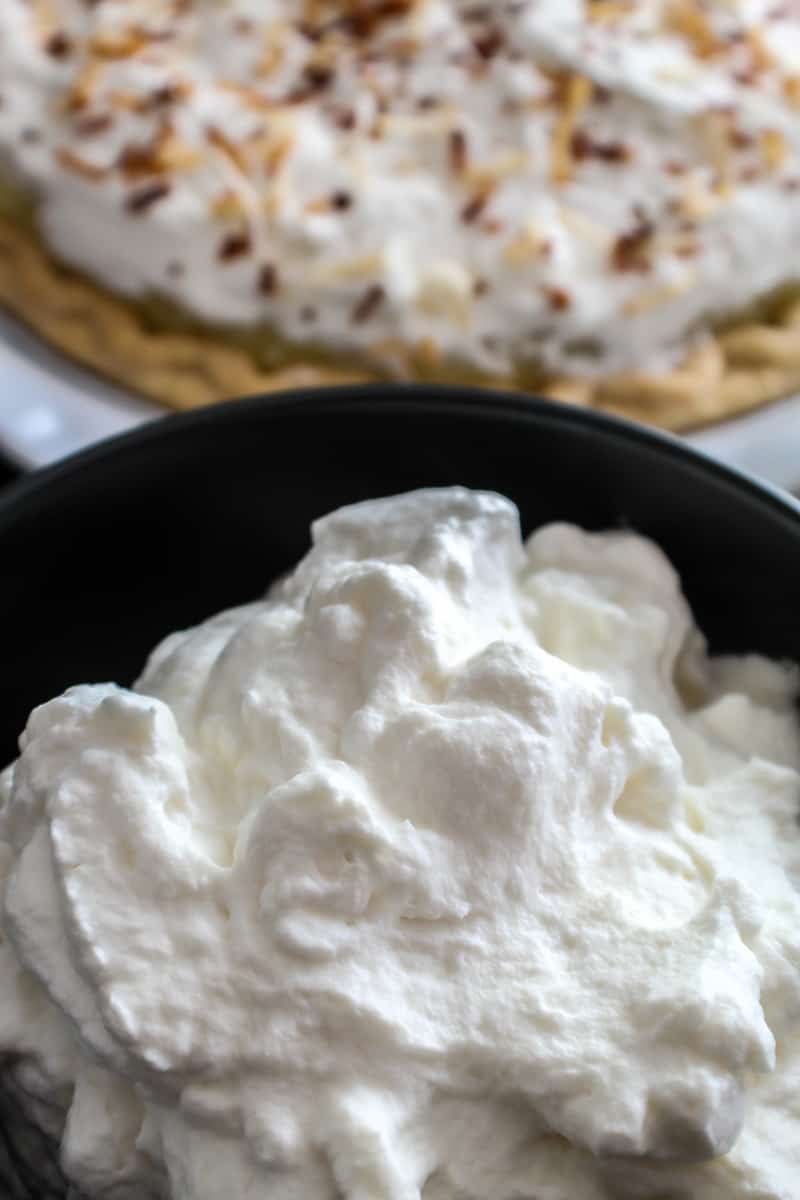Kitchen 101
Kitchen 101 is a collection of cooking tips designed to help you become a better cook! Here, you’ll find substitutions, equivalent measurements, food safety tips, thawing instructions and more!
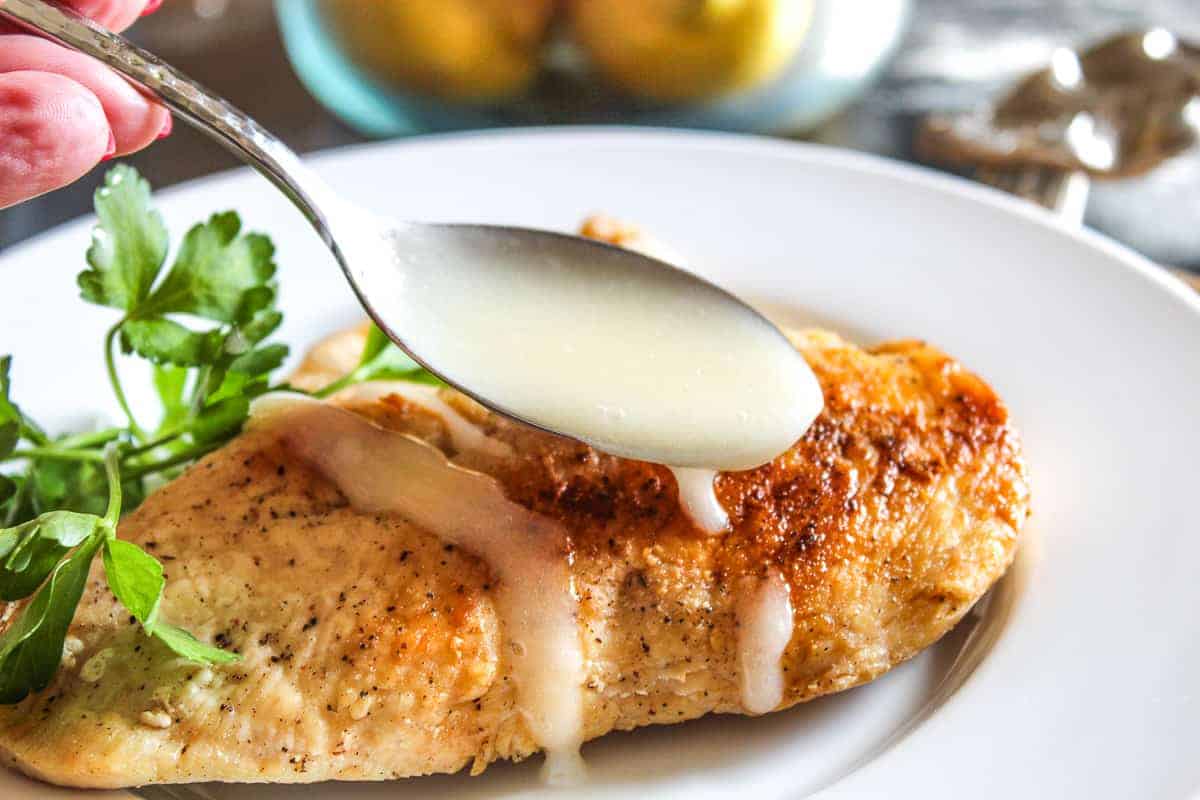
Cutting boards, knives and other utensils
- Wipe away debris with a dry cloth or paper towel
- Wash board with soap and water, using a clean brush to get into the grooves of the board
- Finalize the sterilization process by apply bleach to the cutting board, rinse with hot water, place board in a clean area and allow to air dry
- Clean knives in the same method; make sure knives are sharp=a sharp knife is a safe knife
General cooking tips
- Temperature Danger Zone: foods should be kept at temperatures between 41°-135°F
- Refrigerators should be maintained at 40°F or less
- The FDA Food Code requires that foods be cooled from 135° to 70° F within two hours and from 70°-41° F within an additional four hours
- Properly thaw foods in the refrigerator, in cold water, or in the microwave, but never at room temperature
- High Altitude Cooking: increase liquid and flour; decrease leavening agent and time
- If you have multiple dishes to cool, do not stack them in the refrigerator; put them side by side at first, until they’ve cooled to a minimum of 41°F
- Do not rinse chicken prior to cooking; rinsing raw poultry increases the risk of spreading salmonella throughout the kitchen and sink. Poultry manufacturers mechanically wash the chickens prior to packaging.

Common equivalents
- 1 pint = 2 cups=16 fl.oz=32 Tablespoons=96 teaspoons
- 1 cup=8 fl. oz=16 Tablespoons = 48 teaspoons
- 1 large egg=2 fl. oz
- 4 large eggs = just under 1 cup
- 8-10 egg whites or 12-14 egg yolks = 1 cup
Common temperatures (F)
- Boiling 212°
- Simmering 180°
- Poaching 160°-180°
- Scalding 150°
Internal temperatures for meats and eggs
- Ground beef: 165ºF
- Pork: 145ºF
- Chicken: 165ºF
- Turkey: 165ºF
- Fish: 145ºF
- Eggs: 160ºF
Eggs
- The best way to boil an egg is to actually simmer it; then cool in ice water
- Prevent that green ring in boiled eggs: use fresh eggs, simmer and cool in ice water
- Best way to store eggs is on the top shelf of the fridge; not low or in the ‘egg bin’ in the door
- Egg whites can be frozen without harm
- Whole eggs or egg yolks can be frozen but must have sugar, salt or syrup added to them first
- Egg whites are excellent foaming agents and two ingredients stabilize the egg foam: cream of tartar and sugar
- Salt and fat (oil/butter) suppress foam, so if you need fluffy meringues, don’t use oil or salt
- If a recipe calls for raw eggs, best to use a pasteurized egg product
- When making an egg foam (meringue), always use room temperature eggs
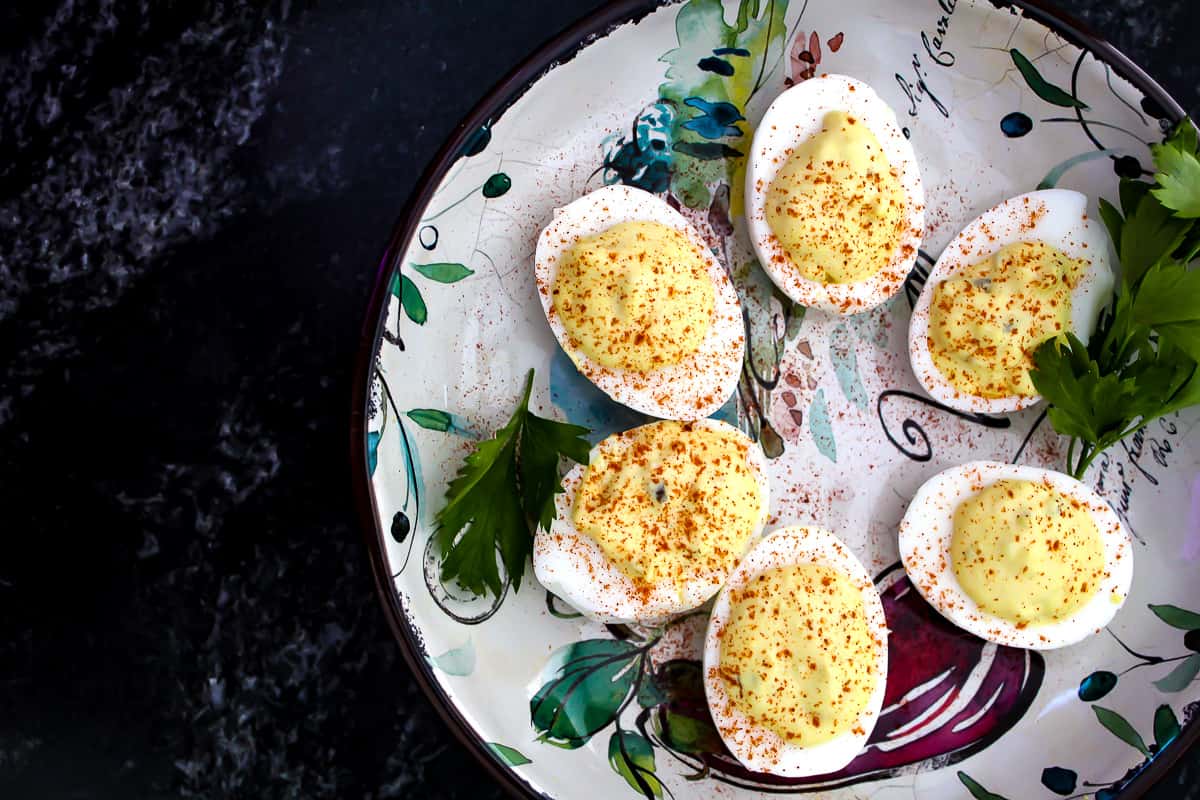
Dairy
- Buttermilk substitutes:
- 1 cup milk and juice of one lemon for buttermilk; let it stand for 3-5 minutes before incorporating into recipe
- Plain yogurts
- Kefir
- Sour cream
- Milk substitute: 1 part evaporated milk to 1 part water
- Homogenized milk has been processed so that the fat globules are broken up, which prevents a layer of cream from forming
- Pasteurized milk is milk that has been processed to kill pathogens
- Homogenized, pasteurized milk is not sterile, only UHT milk is sterile (ultra-heat-treatment)
- UHT milk and creams are in the boxes on the shelves at the grocer; not in the cold dairy section
- Cooking with milk: use low heat; high heat causes the whey proteins to form a skin on the bottom and sides of the pan.
- Homemade whipped cream: use cold cream, a cold bowl and cold mixing utensils, otherwise, you’ll end up with butter
- Acids and dairy: if you’re adding acid (lemon, vinegar, wine) to a dish that contains dairy, add acid last

Cheese
- When melting cheese, a sharp cheese melts better than a mild cheese due to the aging process; aging breaks down proteins which allow the cheese to melt
- High fat cheese melts faster and leaves an oily residue
- Low fat cheese separates when melted
- Cheddar cheese has more calcium than cottage cheese
- cheddar cheese is a rennet cheese, wherein the calcium is retained in the curd
- cottage cheese is an acid cheese, wherein the caseins (proteins) coagulate and the calcium is lost in the whey
- When cooking with cheese, select the best cheese, shred, grate or cube cheese before melting at a low temperature; in sauces, add the cheese at the end of the heating period to prevent separation
- The best way to make a cheese, or Mornay sauce, is to start with a roux and slowly add the cheese.
Seasonings
- Whole vs. ground spices: Add whole spices at the beginning of the cooking process; ground spices at the end
- Fresh vs. dried herbs: use a 3:1 ratio for fresh : dried herbs
- White pepper is stronger than black pepper because it is ripe; black pepper is not ripe
- Use a variety of herbs and spices to change up the ordinary meal!
- Explore new seasonings – experiment with pastes and sauces
Thickening Agents
- Common thickening agents are flour and cornstarch; if you use flour, you’ll need twice as much than if you were using cornstarch
- Flour contains proteins and starch, which makes the gravy cloudy instead of translucent; cornstarch will provide a clear gravy, or thickening sauce (think Chinese food)
- Roux: a mixture of a liquid, starch and melted fat; used to make white sauces and dark roux for savory dishes
- Slurry: a cold water thickener, usually made with flour or cornstarch; always add slurries at the end of the cooking process; over cooking a slurry can cause it to break down
Rice and Grains
- White rice will produce three times the amount of original product
- Instant rice and pasta will produce twice the amount of original product
- Are you really buying whole grains? Learn how to read labels when looking for 100% whole grain
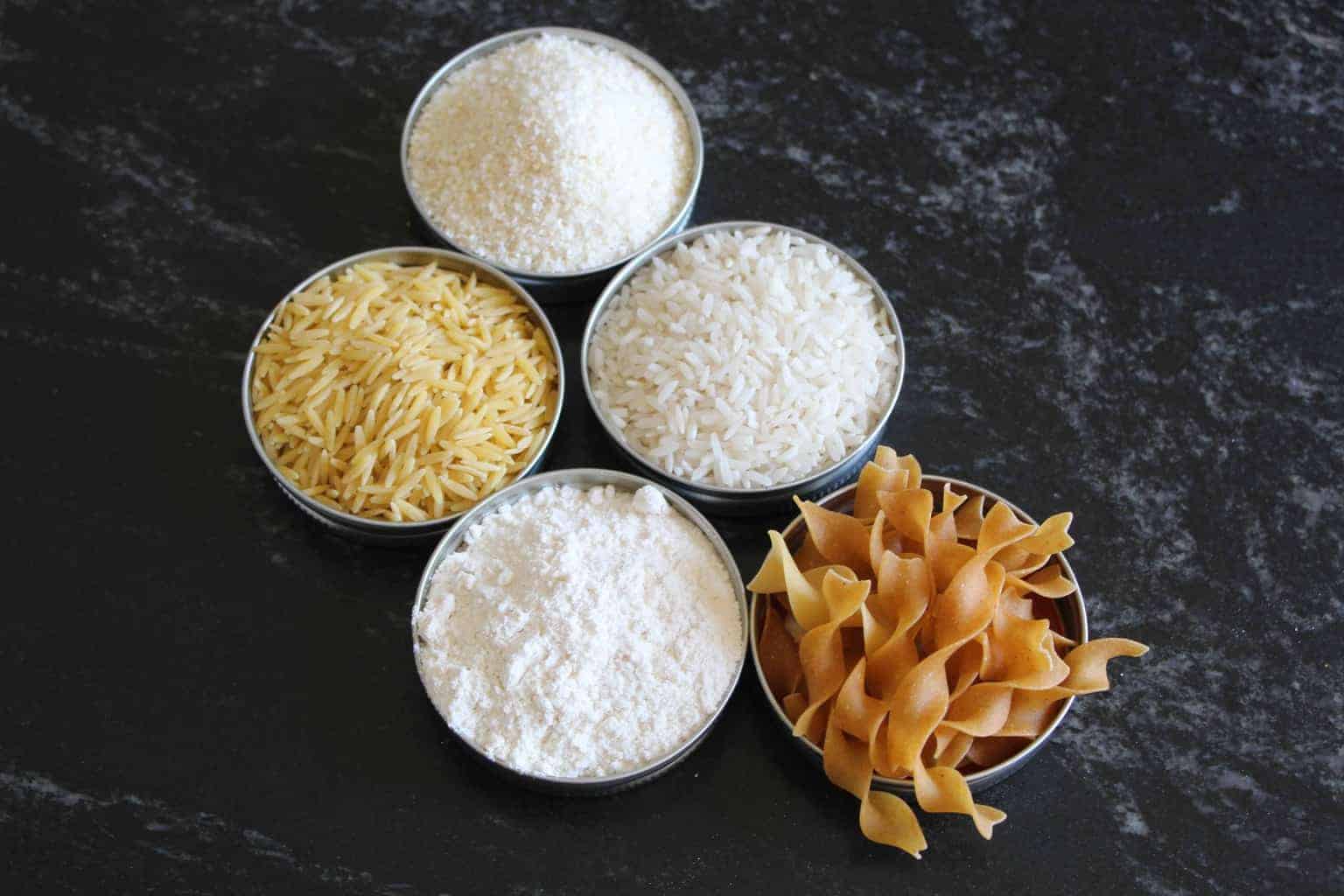
Esssential Spices, Herbs and Aromatics
If you’re just learning to cook or stocking your first apartment kitchen, here’s a list of must-have ingredients that will help you in creating delicious meals!
- Black Pepper
- Cayenne pepper
- Garlic powder
- Onion powder
- Paprika (smoked)
- Cumin (Comino)
- Chile powder
- Red pepper flakes
- Salt
Use any of these dried seasonings and herbs to dress up chicken, fish or pasta!
- Oregano
- Marjoram
- Dill weed
- Dried basil
- Dried bay leaves
- Thyme
Having some generic seasoning blends on hand will help change the flavors up a bit!
- Italian seasoning
- Cajun seasoning
- Montreal steak seasoning
- Poultry seasoning
- Blackened seasoning
- Old Bay seasoning
- Curry powder
Use bouillon for enhancing soups, stews and casseroles
- Chicken bouillon cubes
- Beef bouillon cubes
Just a few baking essentials
- Vanilla extract
- Cream of tartar
- Ground cinnamon

